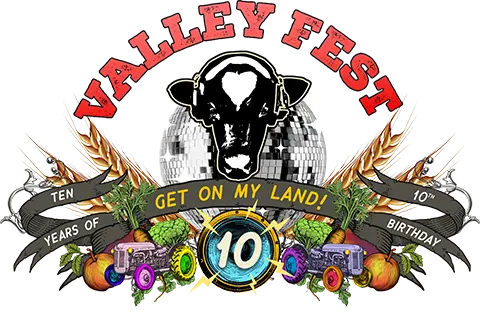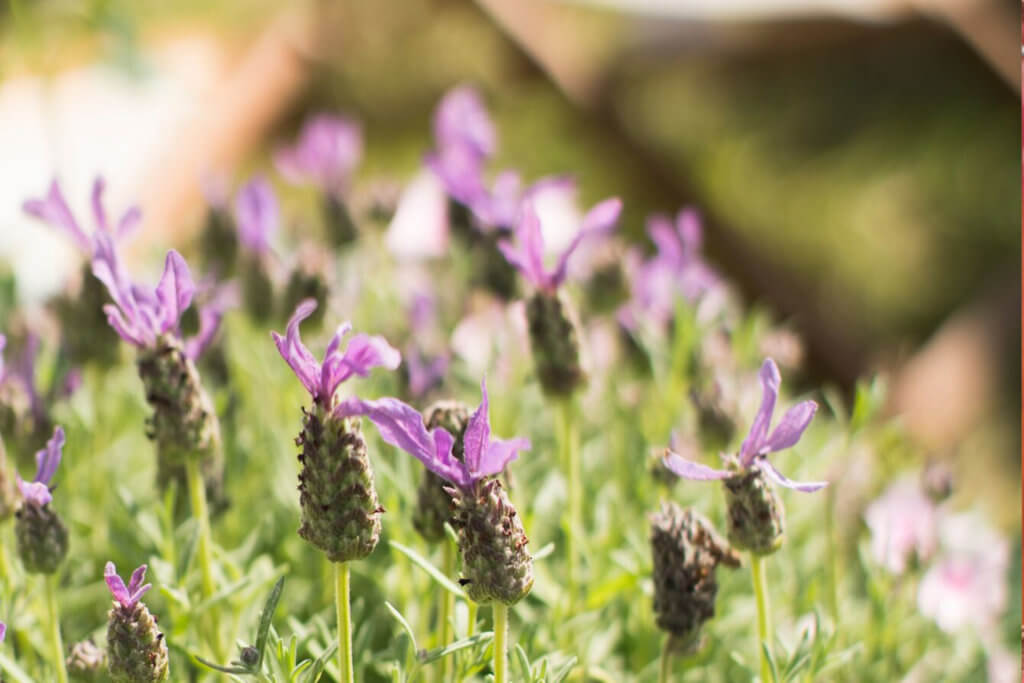Luke is a regenerative farmer first and festival founder second.
He says: “Regenerative farming puts soil health first so that not only do we produce more nutritious and tasty food, we’re locking in carbon, helping to tackle climate change. When people understand this they can decide whether they want to be part of the solution or part of the problem, three times a day!”
Luke takes a long view. He believes in farming organically and regeneratively – by working in harmony with nature to look after the soil and the pastures, which in turn is reflected in the welfare of his animals and the taste of his produce.
Regenerative farming
Regenerative Agriculture is quite simple: it is any form of farming, ie the production of food, which at the same time improves the environment. It’s sometimes known as positive farming. This primarily means regenerating the soil. It’s a direction of travel, not an absolute. You can learn more about it here.
This focuses on rebuilding organic matter and living biodiversity in soil, which produces increasingly nutrient-dense food year after year. And at the same time, sequestering (taking in) excess atmospheric carbon underground to reverse climate change. It brings proven results for farmers to have a profitable business and livelihood. Conventional inputs become unnecessary, increased organic matter in the soil brings insect biodiversity which helps manage pest pressure.
“Through real care and attention to detail we produce organic beef and pork that is healthy, nutritious and tastes fantastic.” Luke says.
You can see how good it is at the festival.
Grazing animals
Luke’s cattle spend most of the year grazing in the fields, only inside over the worst of the winter months, where they are fed solely on home-grown hay and silage. They are given the freedom to express their normal behaviours and often live in family groups. Their natural diet means they are less likely to suffer from disease and require little veterinary attention or antibiotics.
When outside, he uses a system called ‘MOB grazing’ whereby the livestock are moved each day to graze fresh grass. By doing so, they eat the most nutritious top third of the forage plants and trample the stemmy and less nutritious stalks into the ground to make new soil. This trampled forage is continually returned to the surface, helping to feed the soil, along with the manure.
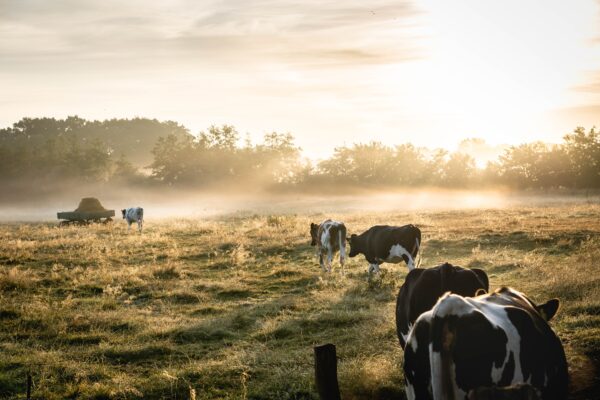
Grazing animals also return nutrients and organic matter back to the ground as they deposit their dung, ensuring the soil remains healthy and fertile. This is the basis of regenerative farming. Luke’s pastures contain a variety of plant species, including herbs, wildflowers and clovers which provide a healthy diet rich in essential vitamins and minerals drawn up from the soil below. They also support a diverse range of wildlife, which is necessary for delicate eco systems to thrive.
The carbon footprint of grass farms such as Luke’s is significantly lower than that of farms where cereal crops are grown to feed animals. Grassland helps to capture and store carbon so less is released into the air to harm the atmosphere. In 2017, he joined the Pasture for Life Association (PFLA,) because he knew that his slowly-reared beef is some of the tastiest and healthiest in the world due to the diverse permanent grasslands, herbal leys (grasses) and wild-flower meadows that the cows grazed upon.
Healthy soil equals healthy people
A healthy soil is a fabulously complex ecosystem, comprising countless billions of microscopic organisms all working away in their own little niches, feasting on each other and sugars exuded from the roots of growing plants. The whole system is ultimately fuelled by growing plants, whilst at the same time the system helps the plants grow.
Luke says: “In the past, we accepted that soils got worse as we farmed. Now we know that they don’t have to. If we mimic a permanent pasture whilst growing annual crops, we can start to reverse the degradation. It’s hugely hopeful.”
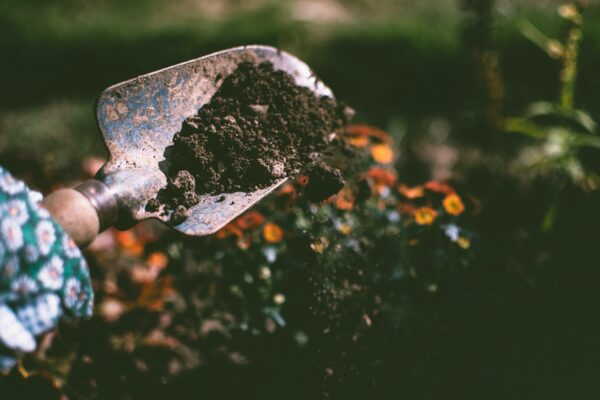
The five regenerative principles Luke follows:
1. Don’t disturb the soil.
Soil supports a complex network of worm-holes, fungal hyphae and a labyrinth of microscopic air pockets surrounded by aggregates of soil particles. Disturbing this, by ploughing or heavy doses of fertiliser or sprays will set the system back.
2. Keep the soil surface covered.
The impact of rain drops or burning rays of sun or frost can all harm the soil. A duvet of growing crops, or stubble residues, will protect it.
3. Keep living roots in the soil.
Living roots in the soil are vital for feeding the creatures at the base of the soil food web; the bacteria and fungi that provide food for the protozoa, arthropods and higher creatures further up the chain. They also keep mycorrhizal fungi alive and thriving and these symbionts are vital for nourishing most plants and will thus provide a free fertilising and watering service for crops.
4. Grow a diverse range of crops.
Ideally at the same time, like in a meadow. Monocultures do not happen in nature and our soil creatures thrive on variety. Companion cropping (two crops are grown at once and separated after harvest) can be successful. Cover cropping, (growing a crop which is not taken to harvest but helps protect and feed the soil) will also have the happy effect of capturing sunlight and feeding that energy to the subterranean world, at a time when traditionally the land would have been bare.
5. Bring grazing animals back to the land.
Their movement, their waste and their relentless chomping stimulate grasses to grow. When grasslands restore themselves, they sequester carbon. So cattle and other grazing animals not only restore the environment, they protect it against climate change.
Through Luke’s regenerative approach, he’s bringing more and more carbon into the soil each year. This is Carbon Farming, this is regenerative and 100% Pasture For Life Beef.
Woodland
In 2004, Luke planted 30,000 broadleaf trees on a beautiful piece of land over looking Chew Valley Lake. Following his experience working in Mauritus – planning the construction of eco lodges in a rainforest, he set about bringing those ideas to life in his own magical space, with a lake as a backdrop. His mother had a deep affiliation with trees, a bond that meant she felt the need to tree hug daily! Trees made her feel at peace. So when they discussed planting thousands of trees she jumped at the chance. Luke and his mother called it Martin’s Woodland in memory of Luke’s father.
This fascinating woodland now feels like a fully fledged forest. As Luke’s family moves forward with their journey towards a more regenerative future, they are planting more and more trees across the farm within permanent pastures, to develop the woodland edge benefits of a silvo-pastoral system. Research suggests that silvopasture systems can store significant amounts of carbon in both soils and tree biomass, while maintaining or increasing productivity and providing a suite of additional benefits. Under silvopasture, emissions of the greenhouse gases methane and nitrous oxide continue, but are more than offset by carbon sequestration, at least until soil carbon saturation is achieved.
The trees offer shelter and shade for animals, as well as providing a variety of habitats for wildlife. Some trees will also provide fodder for the cows allowing them to browse the leaves that have both nutritious and medicinal properties. At The Community Farm, there are plans aftoot to create agro-foresty amongst the veg growing enterprise.
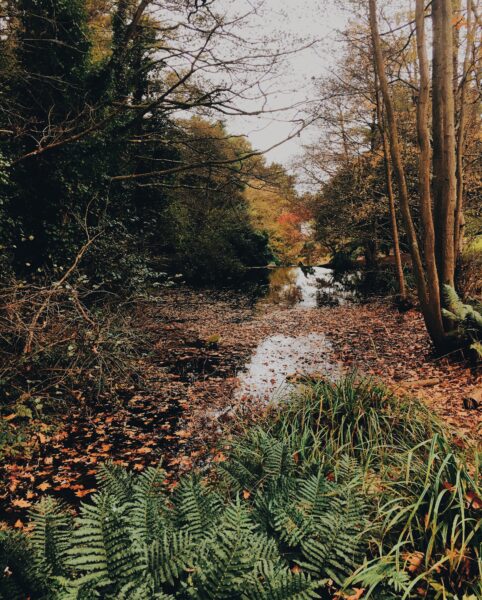
Wildflower & Herbal Meadows
Herons Green Farm (where Luke and his family live) is surrounded by wildflower grasslands as they border Breachhill Common, which has over 10 hectares of woodland and pasture. A wide range of wildflowers, from ox-eye daisy and agrimony to the rarer dyer’s greenweed and restharrow, confirmed its value as a wildflower rich neutral grassland. They have been working with Avon Wildlife Trust wildflower grassland project to re-establish meadows to their former glory hoping, to enable bee and butterfly populations, as well as other wildlife, to thrive again. The herbal ley is a great foundation for their herd and soil. The mix of grasses and legumes in the ley also feed the soil, adding substantial amounts of nitrogen and organic matter.
Herbal leys are left in for up to nine years and red clover dominance in the first few years means very little weeds appear. These wonderful plants capture carbon from the atmosphere and transfer it to the soil, where it’s utilised by the soil biology to help unlock precious nutrients which would otherwise be unavailable to the growing plants. The greater diversity of plant in a ley, the greater yield and therefore more carbon captured. Carbon is also very important for soil structure and just a small increase in soil carbon content can have a huge impact on its ability to hold moisture. This, of course, is very important in times of drought.
Wildflower meadows provide food and habitat for a wide diversity of flora and fauna, as well as being a rich source of minerals and other nutrients for grazing livestock. In the summer, these fields are bursting with life including many species of solitary bees and bumblebees, birds searching for insects and voles, and other wildlife. These fields are not grazed until mid July and mostly kept for our best quality hay meadows for winter forage. This means the fields have plenty of time to flower and set seed. And allows different plant species to benefit, keeping the breadth of diversity and offering the grazing animals nutritious food.
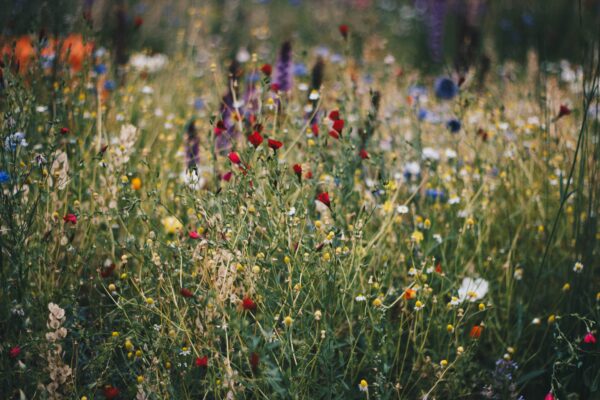
Permanent Pastures
Herons Green Farm is made up of mostly permanent pasture land since the organic conversion in 2004, they have some fields that have never been cultivated mechanically. Livestock is the most efficient way of naturally managing pasture. With a thoughtful combination of livestock type, stocking density and grazing periods, the livestock can help improve soil health and produce areas that are productive and rich in wildlife.
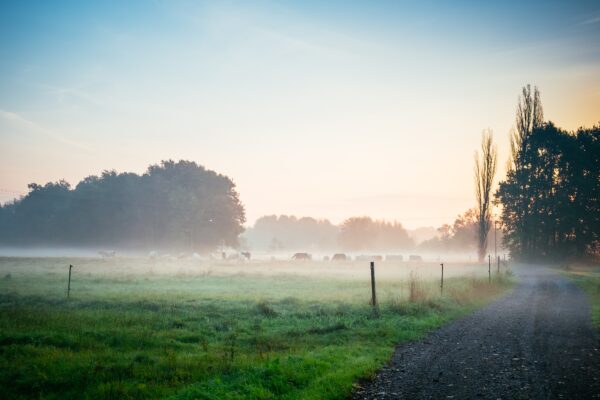
Hedgerows, hedgehogs, birds and the bees
The Chew Valley and the area around the Lake has much wildlife, flowering plants, ferns and fine flower rich meadows. These meadows are protected by the prohibition of the use of fertilisers since the reservoir was formed. Perhaps this give us an insight into what might have been in the rest of our current countryside. If only more land could have escaped the destructive agricultural practices known as “improvement” that has caused the loss of almost all of our species-rich grassland.
Despite what is carried out around Herons Green Farm, there is a unique opportunity to become a wildlife corridor from Breach Hill Common and many species of birds across the farm have been noted. Our abundant hedges support many species of vascular plants, hornbeam and hawthorn and variety of shrubs and tree species. There is evidence that the hedges and field systems are of medieval origin and were established well before the better known 18th and 19th century enclosures. The ground flora of these hedges also provides evidence of their ancient origin and plants such as Bluebell Hyacinthoides non-scripta, Greter Stitchwort Stellaria holostea and Swet Violet Viola adorata are abundant in spring. Primroses Primula vulgaris in the hedges have crossed wtih Cowslips Primula veris in the gasslands in several places resulting in striking clumps of the hybrid Flase Oxlip Primula x polysnatha.
Holding Valley Fest on his farm provides a great opportunity to connect the thousands of festival goers to the land and soil, on which we all depend.
There will be a large range of talks and workshops about wildlife, progressive farming and talks on how we can cool the planet. Keep an eye on our programme of workshops, talks and tours.

Photo credits:
Torsten Kellermann from Pexels
Lukas Hartmann from Pexels
Kristina Paukshtite from Pexels
Harry Cooke from Pexels

